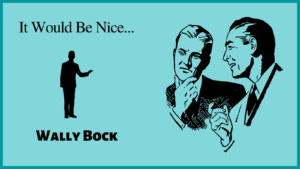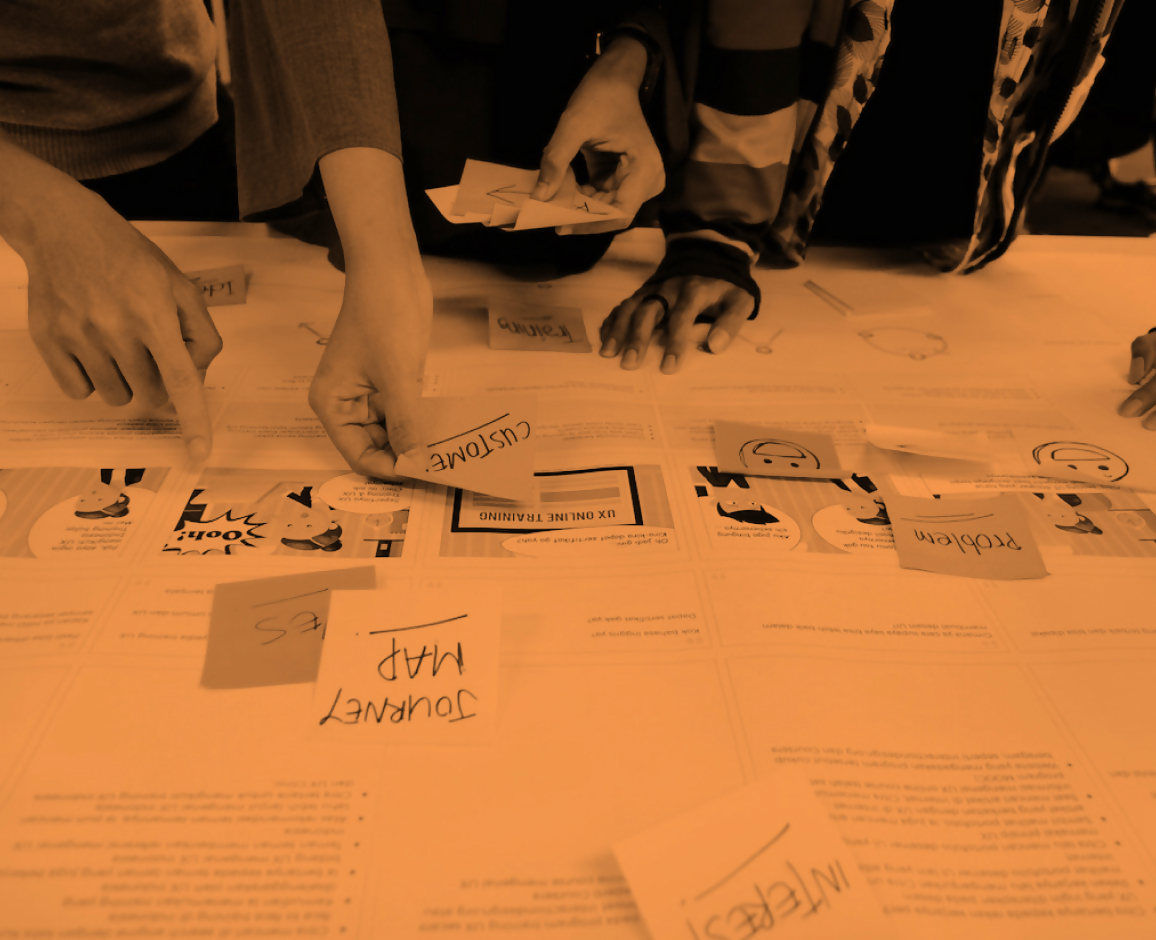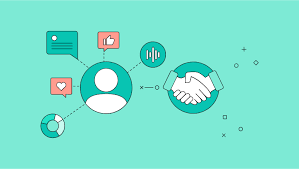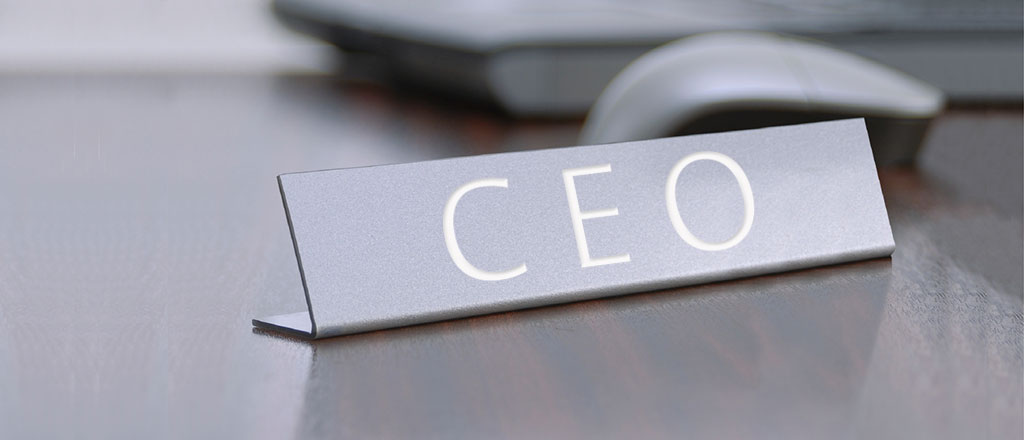 STEVEN PAUL JOBS, 56, died Wednesday at his home with his family. The cofounder and, until last August, CEO of Apple was the most celebrated person in technology and business on the planet. No one will take issue with the official Apple statement that “the world is immeasurably better because of Steve.” Read More
STEVEN PAUL JOBS, 56, died Wednesday at his home with his family. The cofounder and, until last August, CEO of Apple was the most celebrated person in technology and business on the planet. No one will take issue with the official Apple statement that “the world is immeasurably better because of Steve.” Read More
I worked at Apple for 22 years. Here’s what Jobs taught me about how sex sells.
In the 22 years I worked at Apple, I rarely saw anyone sell anything. As a sales executive in the Higher Education division, it was my job to convince college administrators and students to spend more money on an iMac than a PC. But when Steve Jobs returned in 1997, traditional selling went extinct in our corner of Cupertino. Jobs was a master salesman, but to him, selling wasn’t selling. It was seduction.

I have a secret to share with you. I have so many content creation ideas that I have a backlog of more than 300 possible blog posts I’ve never written.
I other words, I’m going to keep coming at you with big ideas for a long time to come! But these meaningful ideas didn’t appear out of thin air. I pay attention to the world around me, and — just as important — I record ideas as soon as they come to me. Read More
 Leadership is hard, demanding work. It’ also one of the most rewarding ways to spend your career. It would be nice if leading well was as easy as it is rewarding. It’s not.
Leadership is hard, demanding work. It’ also one of the most rewarding ways to spend your career. It would be nice if leading well was as easy as it is rewarding. It’s not.
It would be nice if leadership was easy.
If leadership was easy, more teams would be more effective. More people would enjoy their work and be happier. But leadership is hard, consuming work. One reason we have so many awful leaders is that the work looks easy. It’s not. Read More
The Go FlyEase includes a unique hinged outsole that makes putting them on without using your hands a literal snap.
For many, shoes are a pain to put on. Our footwear requires some dexterity. And that’s more than just an annoyance for people with disabilities, ranging from arthritis to partial paralysis. Nike’s Go FlyEase is the first sneaker you can slip on without bending over or using your hands at all.
CEOs work long hours, make high-stakes decisions such as initiating layoffs or plant closures, and face uncertainty in times of crisis. They also are closely monitored and criticized when their firms underperform.
A new research paper co-authored by Wharton finance professor Marius Guenzel looks at the impact such work-related stressors can have on CEOs and their lifespans. The paper, titled “CEO Stress, Aging and Death,” found that the average CEO’s lifespan increased by two years when anti-takeover laws insulated them from corporate raiders and decreased by 1.5 years when faced with an industry-wide downturn. Read More
 It’s only natural to feel stressed from time to time. When we do, it’s important to address the feeling head-on. When we ignore our bodies’ signs that tell us to slow down, our stress can build up and eventually escalate, which can lead to burnout.
It’s only natural to feel stressed from time to time. When we do, it’s important to address the feeling head-on. When we ignore our bodies’ signs that tell us to slow down, our stress can build up and eventually escalate, which can lead to burnout.
We asked our Thrive community to share with us the little hints from their bodies that tell them it’s time to slow down. Which of these signs are you experiencing?
Call it marketing’s three-headed monster. CMOs need to hit their marks in digital transformation, customer experience and revenue growth. Each of these “big three” targets represents a formidable challenge. Combined, they’ll test the nerves of even the most accomplished CMO.
Here’s a tip: Instead of only focusing outwardly on the customer relationship to achieve your goals, maybe spend some time looking inwardly at your relationship with the CIO and IT. Read More
 Customer experience (CX) as we know it is coming to an end, but we can all learn from the changes to come.
Customer experience (CX) as we know it is coming to an end, but we can all learn from the changes to come.
Over the next year, we will shift further from a physical product-based economy to one that is increasingly digital and subscription-based. Subscription companies have grown where most have contracted, and it’s not just the consumer industry. Platform and software-as-a-service are growing more critical to business operations. Read More
 As more business goes digital, B2B companies are adopting B2C-style personalization strategies, and more business buyers expect consumer-style purchasing experiences. However, the requirements and strategies for B2B personalization differ from B2C personalization.
As more business goes digital, B2B companies are adopting B2C-style personalization strategies, and more business buyers expect consumer-style purchasing experiences. However, the requirements and strategies for B2B personalization differ from B2C personalization.
B2B personalization requires less personal information and more data about the customer’s role, business goals, and industry. B2B personalization also involves more refined segmentation than a typical B2C program, which is why many B2B marketers use account-based marketing (ABM) strategies to support their personalization programs. Read More



